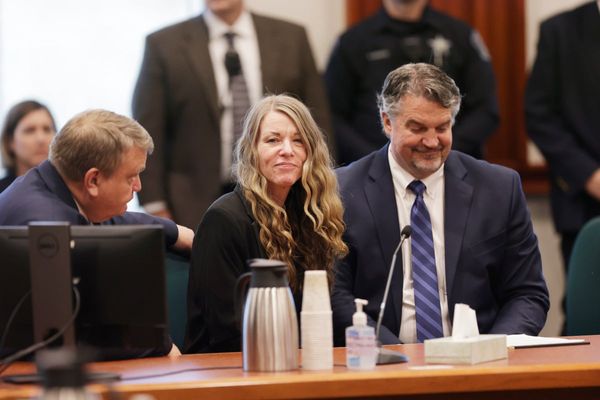
Filmmaker Jane Schoenbrun draws inspiration from an unconventional location - Green-wood Cemetery in Brooklyn. This historic cemetery, dating back to the 1830s, holds significance for Schoenbrun beyond its famous graves. It serves as a sanctuary for reflection and transformation, particularly during their transition period.
Schoenbrun's latest film, 'I Saw the TV Glow,' explores themes of self-discovery and transformation. The movie, set in 1990s suburbia, follows an awkward loner named Owen who finds solace in a TV series that becomes a portal to a more authentic self. The film has been praised for its intense portrayal of pre-transition experiences.
'I Saw the TV Glow' is part of a new wave of trans cinema that includes innovative works by other filmmakers. Schoenbrun's unfiltered vision has garnered attention, with A24 distributing the film and notable figures like Emma Stone involved in its production.






Schoenbrun's journey as a filmmaker and as a transgender individual are intertwined. Their exploration of gender, transformation, and filmmaking has led to a deep connection with their art. Films that challenge norms and offer new perspectives, such as those by Kelly Reichardt and David Cronenberg, influence Schoenbrun's work.
Despite the challenges faced by transgender individuals, Schoenbrun remains focused on self-actualization and artistic expression. The filmmaker's experiences have been both validating and transformative, leading to a newfound sense of liberation.
As Schoenbrun reflects on their journey while walking through Green-wood Cemetery, they express a sense of optimism and a desire to continue creating meaningful work. The filmmaker's unique perspective and personal growth are evident in their art, making them a prominent figure in the evolving landscape of trans cinema.







